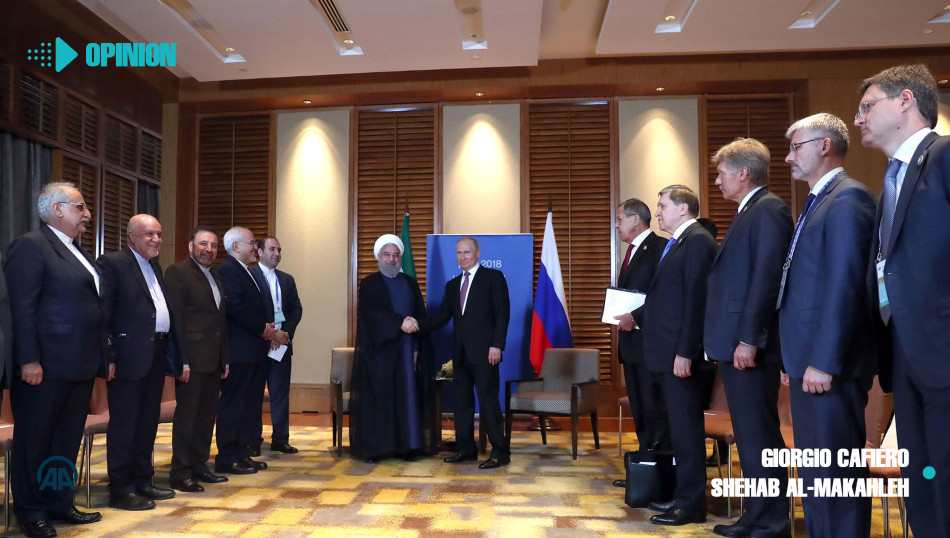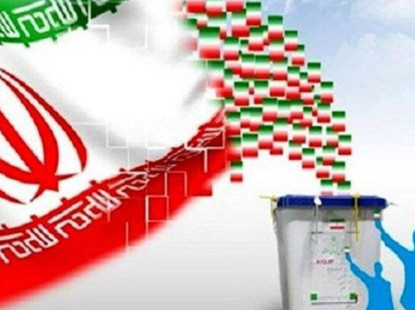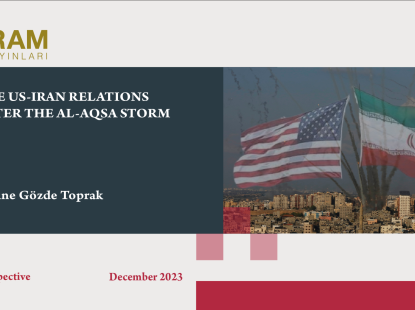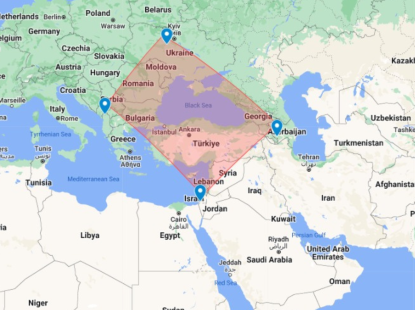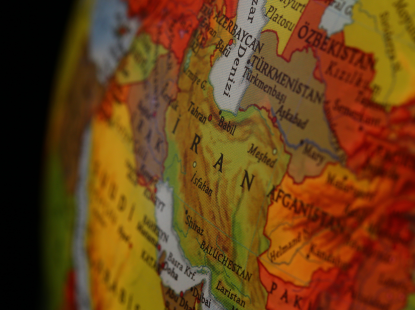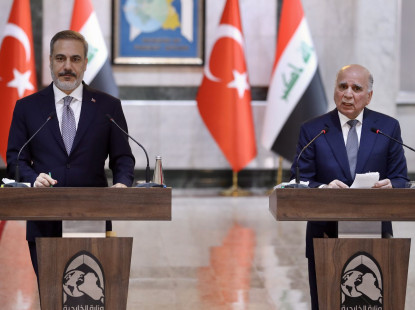Iran’s Look to the East
The Iranian leadership anticipates growing pressure from Tehran’s adversaries, particularly the United States. Tehran is eyeing ways to evade US-imposed sanctions, illustrated by Japanese Prime Minister Shinzo Abe’s visit to Tehran last month, in which the Iranians asked Tokyo to be a partner and avoid succumbing to US pressure. Within this context, it is pivotal to observe not only how Japan engages Iran but also how other Asian economic powerhouses resolve to shape their relations with Tehran. These Eastern countries are paramount for Iran’s future as hostilities between the Islamic Republic and the West ratchet up.
Notably, Iran has accelerated its Asian diplomatic outreach against the backdrop of the White House’s intensifying so-called “maximum pressure” campaign. Iran’s Foreign Minister Mohammad Javad Zarif embarked on an Asian tour from May 12 to 18, which included Turkmenistan, India, Japan, and China, followed by a visit to Pakistan on May 24.
On June 14, the day that Japanese Prime Minister Abe concluded his Tehran visit, President Hassan Rouhani visited Bishkek for the 19th Shanghai Cooperation Organization (SCO) summit. While in the Kyrgyz capital, the Iranian president met with his Chinese and Russian counterparts. Tehran’s adopted strategy pertaining to the SCO, in which Iran has observer status but, thus far, is not an official member, rests upon shifting the mounting crisis between Washington/London and Tehran to a broader international framework that encompasses the SCO’s dominant actors. Furthermore, the Islamic Republic’s leadership hopes that Moscow, Beijing, and other SCO members will implement measures that ameliorate the pressure and sanctions on Iran.
Rouhani took advantage of the SCO summit to play his geopolitical cards wisely. While directly addressing the Russian, Chinese, Indian, and Pakistani heads of state, Rouhani condemned Trump, calling him “a serious risk to stability in the region and the world”. Soon after, Iran’s president proposed preferential treatment for all SCO member’s firms and businessmen in Iran’s market.
Undoubtedly, Iran’s policy of “Look to the East” to strengthen relations and counterbalance the West is a familiar phenomenon. However, given the Middle East’s current geopolitical climate, as well as Washington-Tehran relations in the aftermath of the US administration’s unilateral withdrawal from the Joint Comprehensive Plan of Action (JCPOA) in May 2018, Tehran is desperately and urgently striving to bolster ties with more countries in the Far East.
Furthermore, Tehran is attentively monitoring the escalating US-China “trade war” while Beijing seeks to challenge Washington’s actions relating to Iran by strengthening China-Iran ties. Remarkably, Iran has threatened the Pentagon’s strategy of focusing on the emerging superpower competition from Russia and China with its own distractions, as well as rendering a US military strike on Iran eminently risky for American interests, in part due to Moscow’s and Beijing’s firm stance against any such attack.
Media outlets across the Islamic Republic paid close attention to Rouhani’s sideline meeting with Chinese President Xi Jinping at the SCO’s latest summit in Kyrgyzstan. Moreover, at the Eurasian bloc’s summit in Bishkek, China’s head of state emphasized that irrespective of Washington’s foreign policy, Beijing’s relations with Iran will steadily strengthen. In this sense, China is advantageously leveraging US-Iran brinkmanship by demonstrating that Beijing can, to some extent, play the “spoiler role” as far as the US administration’s “maximum pressure” campaign is concerned.
Russia factors into the picture as well. Iran’s strategies to circumvent US pressure will inevitably rest on Tehran’s relationship with Russia. Diplomatically, Moscow has sought to assume a “middle-man” role between Washington and Tehran with Putin recently telling American film director Oliver Stone that the Kremlin “would welcome any improvement when it comes to relations between the US and Iran”. Putin added, “a simple escalation of tension will not be advantageous for anyone… [including] the US”. "Given the fact that Russia is openly advocating for the SCO granting Iran full membership, whish is also supported by China, it appears credible that the Islamic Republic will become the bloc’s newest member in 2020, if not later this year." Moreover, besides Iran, Turkey, an SCO dialogue partner, may join the bloc by the end of 2020.
As the Islamic Republic remains heavily invested in regional conflicts, pitting Tehran against the US, UK, Israel, Saudi Arabia, Bahrain, and the United Arab Emirates (UAE), Iran will come under much pressure throughout the foreseeable future. As sanctions engender an increasingly arduous life for the average Iranian citizen, the regime in Tehran will be challenged to maintain legitimacy and to ensure that stability can prevail as the White House applies “maximum pressure” on the country.
At a time when European powers are proving their inability to economically extricate Iran from the White House’s policies, officials in Tehran realize that the path forward is to integrate into economies of countries such as China which maintain substantially more autonomy from the US than the European states do. Given Iran’s requisite position in China’s Belt and Road Initiative, Beijing likely perceives a silver lining to the US administration’s decision to pull out of the JCPOA and re-impose sanctions on Iran. In doing so, Washington has pressured European firms to desert Iran, creating a vacuum that Chinese investors and traders will presumably fill particularly in the domains of energy and infrastructure. Unquestionably, a burgeoning Sino-Iranian partnership will strengthen Chinese clout in the Persian Gulf and across West Asia.
Disclaimer: The viewpoints expressed by the authors do not necessarily reflect the opinions, viewpoints and editorial policies of IRAM.
